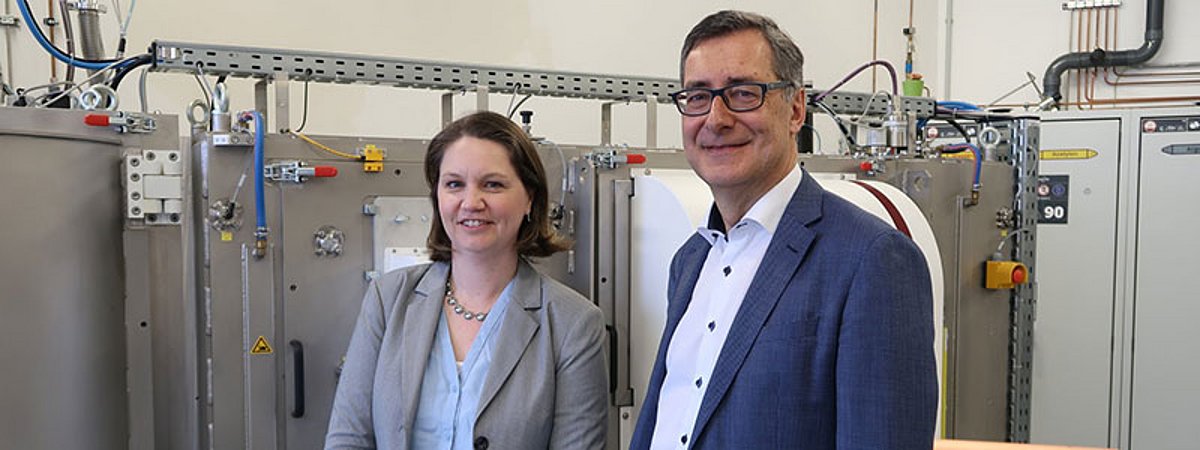Thin-film coatings for space from the University of Leoben on the ISS

Highly developed thin-film coatings from the University of Leoben have arrived on the International Space Station (ISS). The innovative coatings, which have been developed for future space applications, are part of an international research project.
After lengthy preparatory work, highly developed thin-film coatings from the University of Leoben have arrived on the International Space Station (ISS). The innovative coatings, which were developed for future space applications, are part of an international research project as part of the European Materials Aging (EMA) program, funded by the European Space Agency (ESA). The samples developed by Dr. Megan Cordill (Erich Schmid Institute of Materials Science, Austrian Academy of Sciences) and Prof. Dr. Christian Mitterer (Department of Materials Science, University of Leoben) were recently launched to the ISS as part of the 31st SpaceX Resupply Mission. The samples are currently being installed on the EMA platform of the Bartolomeo module, which is located outside the ISS. Here they will have to withstand the extreme conditions of space for at least six months.
Coatings for space under test
The tiny, but powerful 20-millimetre coated samples are being tested for their suitability as flexible optical solar reflectors and multilayer insulator films. These coatings applied to flexible polymer films combine transparent protective layers with highly reflective metal films. This could one day protect sensitive satellite payloads and save valuable resources thanks to their low weight. The samples have already been extensively tested under terrestrial conditions, and now the team from Montanuniversität and the Erich Schmid Institute are eagerly awaiting to see how the materials perform in the harsh space environment - an environment characterized by radiation, vacuum, extreme temperatures and even space debris.
Space research on thin-film materials for use in space
"We assemble thin-film materials atom by atom and use them to create material designs on the atomic scale. With the properties that can be achieved, our materials are better able to withstand extreme space conditions and enable new applications," explains Mitterer. With this research, the team from Leoben is making a valuable contribution to the development of future-oriented materials that are optimized for use in space and could make a decisive difference in future space missions.
